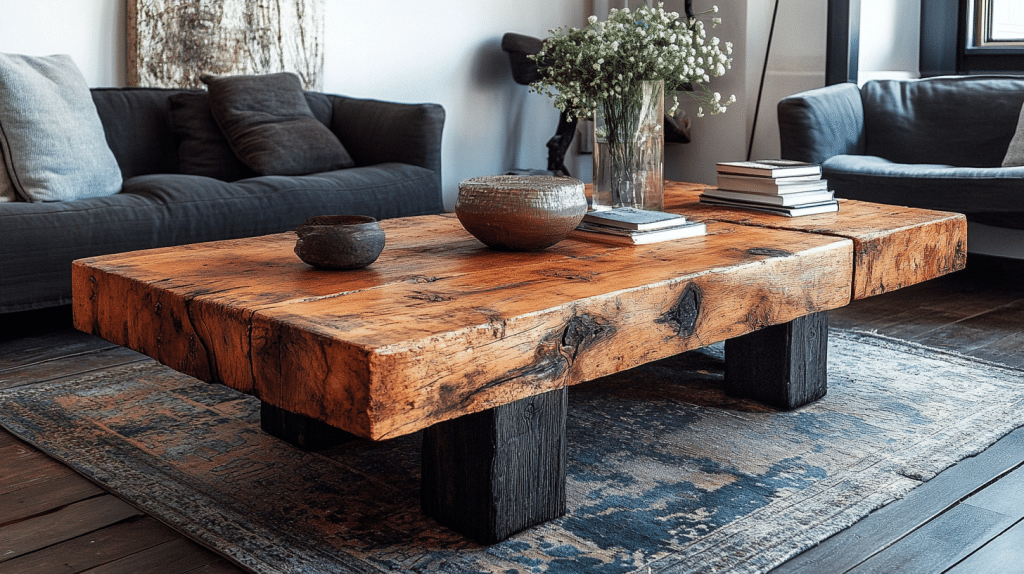Wabi Sabi Pottery: Embracing the Beauty of Imperfection
Imagine a ceramic piece that tells a story through its cracks, uneven edges, and subtle imperfections. That’s the essence of wabi sabi pottery – a Japanese art form that transforms what we typically consider flaws into breathtaking beauty.
What is Wabi Sabi Pottery?
Wabi sabi pottery is more than just ceramics. It’s a philosophical approach to art that celebrates:
- Imperfection as a virtue
- Natural aging and wear
- Simplicity and authenticity
- The unique story of each ceramic piece
The Philosophical Roots
Deeply connected to Zen Buddhism, wabi sabi emerged from a profound understanding of life’s transient nature. It’s not just an aesthetic – it’s a way of seeing the world.
Breaking Down the Concept
- Wabi: Represents simplicity, humility, and finding beauty in the understated
- Sabi: Honors the marks of time, celebrating how objects change and age
Characteristics of Wabi Sabi Pottery
Visual Hallmarks
Key features include:
- Asymmetrical shapes
- Rough, uneven textures
- Muted earth-tone colors
- Visible marks of the creator’s hands
- Intentional imperfections
Color Palette
Wabi sabi pottery typically embraces:
- Soft greys
- Warm browns
- Subdued greens
- Gentle whites
The Art of Kintsugi: Celebrating Broken Beauty
Kintsugi represents the ultimate wabi sabi philosophy. When a ceramic piece breaks, instead of discarding it, artisans repair it with gold lacquer. The repair becomes a celebrated part of the object’s history.
Kintsugi Principles:
- Breaks are not something to hide
- Repair adds value, not diminishes it
- Each crack tells a unique story
Where Wabi Sabi Pottery Shines
Perfect spaces for wabi sabi ceramics include:
- Minimalist interiors
- Zen-inspired meditation rooms
- Contemporary art collections
- Rustic kitchen settings
Finding Your Wabi Sabi Piece
Where to look:
- Artisan pottery studios
- Online marketplaces like Etsy
- Specialized ceramic galleries
- Japanese art exhibitions
The Deeper Meaning
Wabi sabi isn’t just about pottery. It’s a life philosophy that teaches us to:
- Appreciate impermanence
- Find beauty in simplicity
- Embrace natural aging
- Let go of perfection
Pro Tips for Appreciating Wabi Sabi Pottery
- Look beyond surface perfection
- Feel the texture and story of each piece
- Understand that imperfection is intentional
- Value the handmade quality
Final Thoughts
Wabi sabi pottery reminds us that beauty isn’t about flawlessness. It’s about authenticity, history, and the unique journey of creation.
Remember the core wabi sabi wisdom: Nothing lasts, nothing is finished, nothing is perfect.
















